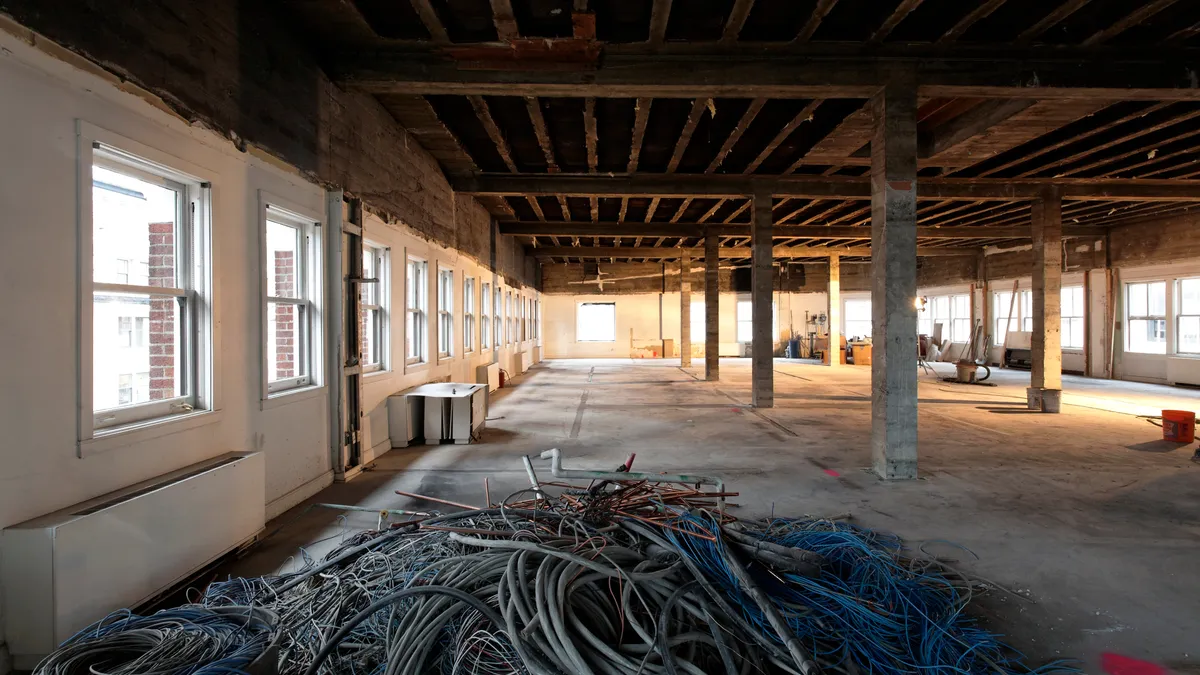About 2% of the building stock undergoes turnover annually, while nearly 70% of buildings today are expected to exist for the next 30 years, experts said during an Oct. 25 panel at ASHRAE’s Decarbonization Conference for the Built Environment. The key question, they noted, is whether decarbonization should focus on existing buildings or new builds. The panelists discussed the role of building performance standards, model codes and zero-energy codes in decarbonizing building stock, offering lifecycle approaches to building energy and emissions management.
Building performance standards are a natural evolution of decarbonization measures like benchmarking, auditing, retro-commissioning and re-tuning policies, the panelists said. They are gaining ground as a way for municipalities to benchmark the existing building supply and prompt energy and emission reductions to meet climate goals. Jurisdictions that have committed to passing building performance standards are home to 22% of the country’s population and encompass more than 25% of commercial and multifamily buildings by square foot, said Harry Bergmann, management and program analyst at the U.S. Department of Energy.
Bing Liu, building sector manager and senior technical advisor at the Pacific Northwest National Laboratory, said BPS, while expensive, time-consuming and challenging to implement across the country, provide opportunities to implement large-scale carbon emission reductions in the U.S. building stock. Looking to the future, Liu said, the “big elephant in the room is our existing buildings,” which will need to be retrofitted or upgraded to meet carbon reduction goals.
Adam Hinge, managing director at Sustainable Energy Partnerships and board chair of the Institute for Market Transformation, agreed that existing buildings are a big decarbonization challenge. Owners are “not particularly thrilled about spending and seeing their operating costs increase,” Hinge said.
A large disconnect exists between predicted energy performance and measured performance in terms of the energy efficiency and operational outcomes of buildings, Hinge said. With BPS typically based on actual measurements rather than predictions, this gap has become more apparent in recent years, increasingly affecting operators as they weigh potential efficiency and renewable energy upgrades against actual, BPS-enforced performance, he said.
Although new buildings can be constructed as net-zero structures, they face BPS as soon as they turn into existing building stock, Liu said, thus operational efficiency needs to be factored in from the beginning of a project.
Hinge emphasized that upon completion of a new construction or a significant renovation, a structure transitions to the category of an existing building. He identified a “serious problem” and a policy flaw in new construction energy codes — naming Washington, D.C., New York City and Denver as examples — that do not align with the performance standards set for existing buildings.
Implementing and enforcing BPS can pose challenges as well. For Washington, D.C., one of the biggest hurdles has come from poor auditing, said Katie Bergfield, chief of building performance and enforcement at the district’s Department of Energy & Environment. The department is now one of the first in the country to regulate audits.













